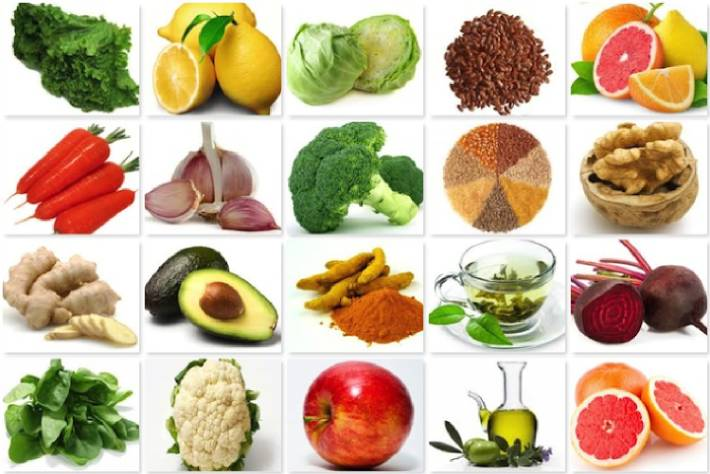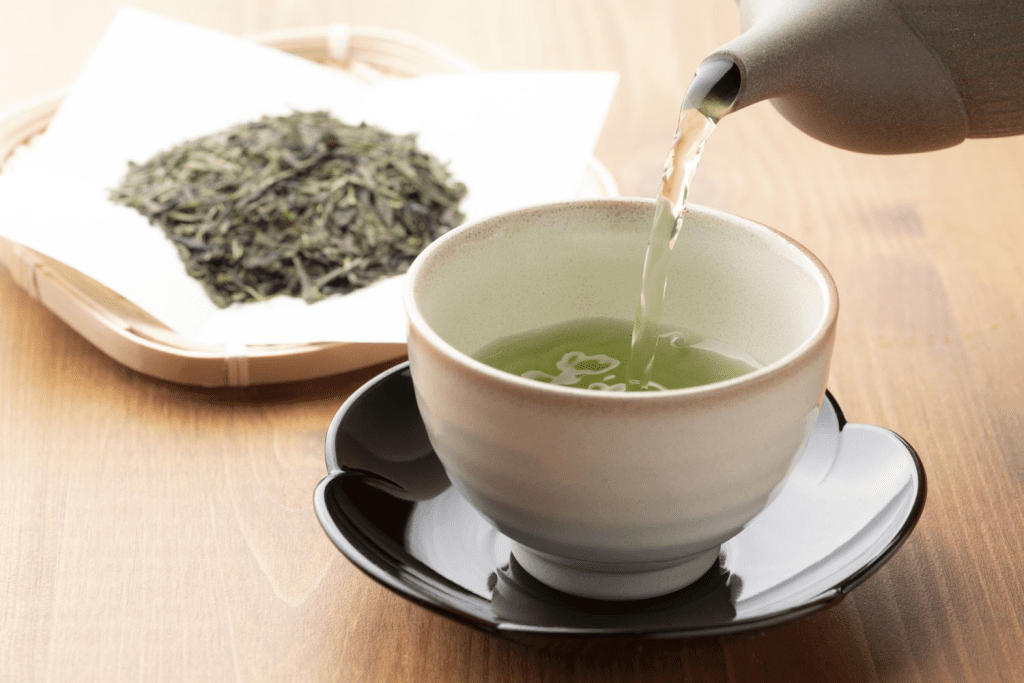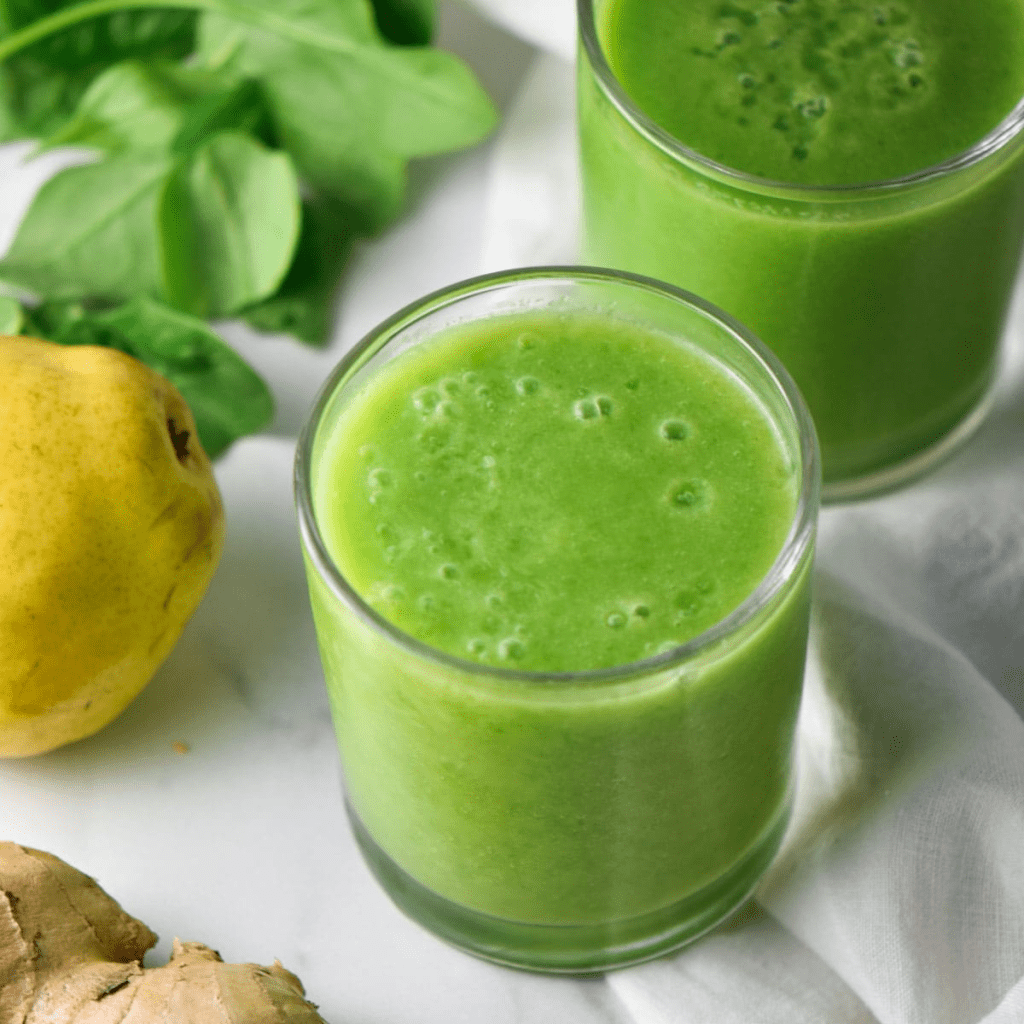Water retention, or edema, occurs when excess fluids accumulate in the body, often causing uncomfortable swelling in the hands, feet, ankles, and legs. While it can be a temporary issue for some, persistent swelling might signal underlying health problems. Addressing water retention with the right diet, remedies, and lifestyle changes can make a significant difference in your overall well-being. This article will cover effective recipes and strategies to flush out excess water and keep swelling at bay.
Understanding the Causes of Water Retention

Water retention can be caused by several factors, many of which are manageable with simple lifestyle adjustments. Common causes include:
- High Sodium Intake: Consuming too much salt can lead to fluid retention as the body holds onto water to balance the sodium levels.
- Hormonal Changes: Hormones, especially during menstrual cycles or pregnancy, can affect how the body manages fluids.
- Medications: Certain drugs, such as those for high blood pressure or pain relief, can contribute to water retention.
- Lack of Physical Activity: Sitting or standing for long periods without movement can cause fluid buildup, particularly in the legs.
- Underlying Health Conditions: Issues like heart or kidney disease can cause water retention and require medical attention.
Understanding the root causes can help you take proactive steps to reduce swelling and manage fluid levels.
Symptoms of Swelling in Hands and Feet
Water retention manifests as swelling, particularly in the extremities like the hands and feet. Symptoms include:
- Puffiness and Stiffness: The affected areas may feel bloated or stiff, making it uncomfortable to move.
- Shiny or Stretched Skin: Swollen areas can cause the skin to appear shiny or overly tight.
- Indentation: If you press on the swollen skin and it leaves an indent for a few seconds, this is a sign of water retention.
Recognizing these symptoms early allows for quick intervention, preventing more severe discomfort or complications.
The Importance of Staying Hydrated
It might sound counterintuitive, but staying hydrated is one of the most effective ways to combat water retention. When your body feels dehydrated, it holds onto water as a protective measure. Drinking adequate water daily helps flush out excess sodium and toxins, improving kidney function and reducing swelling.
Aim for at least 8 glasses of water a day, but adjust based on your activity level and environment. Hydration ensures your body remains balanced and functions efficiently.
Dietary Adjustments to Reduce Water Retention

One of the best ways to prevent water retention is through diet. Simple changes can have a significant impact on your body’s fluid balance.
- Reduce Sodium Intake: High levels of sodium cause the body to retain water. Limiting salt in your diet by avoiding processed and junk foods can drastically reduce swelling.
- Increase Potassium-Rich Foods: Potassium helps balance the sodium levels in your body, aiding in the excretion of excess fluids. Incorporate potassium-rich foods such as bananas, avocados, spinach, and sweet potatoes.
- Avoid Processed Foods: Processed foods often contain hidden salts, sugars, and preservatives, all of which can contribute to water retention. Focus on fresh, whole foods to manage your fluid levels more effectively.
Foods That Help Flush Out Excess Water
Some foods are natural diuretics, meaning they help increase urine production and flush out excess water from the body. Incorporating these into your diet can provide relief from swelling:
- Cucumbers: High in water and nutrients, cucumbers promote hydration and act as a natural diuretic.
- Watermelon: Packed with water and electrolytes, watermelon helps hydrate and reduce fluid retention.
- Celery: Known for its diuretic properties, celery supports the elimination of excess water.
- Citrus Fruits: Oranges, lemons, and grapefruits provide a high water content and promote detoxification.
By adding these foods to your daily meals, you can help manage your body’s fluid levels more efficiently.
Herbal Teas for Reducing Swelling

Herbal teas can also be a powerful tool for fighting water retention. Certain herbs act as natural diuretics, helping your body expel excess water while providing other health benefits.
- Dandelion Tea: Often used as a natural diuretic, dandelion tea can help reduce bloating and excess water weight.
- Green Tea: Rich in antioxidants, green tea not only boosts metabolism but also aids in flushing out excess fluids.
- Parsley Tea: This lesser-known tea can be an effective remedy for water retention, helping the kidneys filter out extra fluids.
Drinking these herbal teas once or twice a day can support your efforts to reduce swelling naturally.
Epsom Salt Soaks for Hands and Feet
Epsom salt baths are a popular and effective method for relieving swelling in the hands and feet. Epsom salts contain magnesium sulfate, which helps draw out excess fluids and reduce inflammation.
- How to Use: Add 1/2 cup of Epsom salt to a basin of warm water and soak your hands or feet for 15-20 minutes. You can do this several times a week to alleviate swelling.
This relaxing remedy not only reduces water retention but also soothes tired muscles and improves circulation.
Easy-to-Make Anti-Inflammatory Smoothie Recipe

Smoothies rich in anti-inflammatory ingredients can help reduce swelling and support hydration. Here’s a recipe to get you started:
- 1 cup kale
- 1 cup pineapple chunks
- 1/2 cucumber
- 1 tablespoon chia seeds
- 1/2 lemon (juiced)
- 1 cup coconut water
Blend all the ingredients until smooth and enjoy this smoothie in the morning for a refreshing, hydrating start to your day. The ingredients are loaded with vitamins, minerals, and antioxidants that support fluid balance and reduce inflammation.
Natural Diuretic Drink Recipe
For a quick and effective way to flush out excess fluids, try this natural diuretic drink:
- 1 cup watermelon
- 1/2 cucumber
- 1/2 cup cranberry juice
- Juice of 1 lemon
Blend the ingredients together and drink this refreshing beverage in the morning or early afternoon. The combination of watermelon and cucumber helps hydrate, while cranberry and lemon juice act as diuretics to expel extra water.
Hydrating and Detoxifying Soup Recipe

Soups can be both comforting and effective for detoxifying your body. Here’s a simple recipe for a hydrating and detoxifying soup:
- 1 onion, chopped
- 3 cloves garlic, minced
- 1 tablespoon olive oil
- 4 cups low-sodium vegetable broth
- 1 cup chopped celery
- 1 cup chopped carrots
- 2 cups spinach
- 1 tablespoon fresh parsley
Sauté the onion and garlic in olive oil, then add the broth, celery, carrots, and spinach. Simmer for 20-25 minutes, season with salt and pepper to taste, and enjoy. This soup supports hydration and helps your body detox naturally.
Lifestyle Changes to Prevent Water Retention
Along with dietary changes, adopting certain lifestyle habits can help prevent future bouts of water retention:
- Exercise Regularly: Physical activity promotes better circulation and helps reduce fluid buildup.
- Elevate Your Legs: If you experience swelling in your feet, elevating your legs can encourage fluid movement and reduce puffiness.
- Wear Compression Stockings: These can improve circulation in your legs and prevent fluid from pooling in your feet and ankles.
- Manage Stress and Sleep: High stress and poor sleep can affect your body’s ability to regulate fluids, so make sure to prioritize rest and relaxation.
Conclusion: Maintaining a Balanced Fluid Level
Managing water retention doesn’t have to be a challenge. By understanding its causes and symptoms and incorporating simple dietary, lifestyle, and natural remedies, you can effectively reduce swelling and maintain balanced fluid levels. Stay hydrated, eat a nutrient-rich diet, and use these recipes to support your body’s natural ability to flush out excess water. With a proactive approach, you can enjoy long-term relief and a healthier, more comfortable lifestyle.


